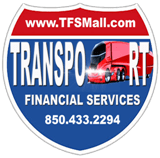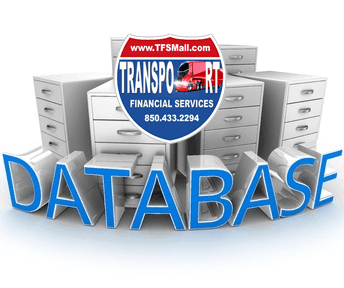Traffic in Aurora, Colo. This stretch was one recipient of a BUILD grant. Traffic stopped due to weather on Interstate 70 in Aurora, Colo. This stretch will benefit from a BUILD grant. (David Zalubowski/Associated Press)
Transportation Secretary Elaine Chao has announced the latest recipients of the Better Utilizing Investments to Leverage Development discretionary grants.
Some $900 million will be dispersed across 35 states to support 55 infrastructure projects. The grants, announced Nov. 12, help fund road, bridge, transit, rail, port and intermodal transportation projects. The BUILD program is meant as a replacement for the Transportation Investment Generating Economic Recovery (TIGER) program, which was popular with state and local agencies.

FMCSA’s hours-of-service (HOS) proposal was released.
“The Administration is targeting BUILD transportation grants to repair, rebuild and revitalize significant infrastructure projects across the country,” Chao said.
No individual grant was more than $25 million, and no state was awarded more than $90 million. Half of the funding was awarded to projects in rural areas.
North Carolina received three grants. One, for $22.5 million, was awarded to the North Carolina Department of Transportation to make various improvements to Interstate 95, such as widening 27 miles of the route and rebuilding overpasses. A second grant, for $15 million, will be used to reconstruct roadways and realign intersections in Greenville to improve mobility and safety in the city. Some $13 million will be used to construct connector roads in the town of Mooresville, which straddles I-77.
The port of Massachusetts will benefit from a BUILD Grant.
A crane lifts a container at the Conley Terminal. (Massachusetts Port Authority.)
“The highly competitive BUILD grant program provides federal funding for major infrastructure projects — including multimodal and multijurisdictional projects — that improve our transportation networks and enhance quality of life,” said Rep. David Price (D-N.C.), chairman of the House appropriations subcommittee on Transportation, Housing and Urban Development and Related Agencies.
In Colorado, the city of Aurora was awarded $25 million to build a new interchange at the intersection of I-70 and Piccadilly Road, which is meant to ease congestion in the growing area. I-70 is Colorado’s main east-west corridor.
A $20 million grant will help the Massachusetts Port Authority expand the Conley Container Terminal in Boston. The federal funding is expected to help the terminal increase its volume capacity by 100,000 containers.
“As someone who previously worked at Conley Terminal as an ironworker, I am especially pleased to see Massport receive this major federal grant to help expand our freight facilities,” said Rep. Stephen Lynch (D-Mass.). “This $20 million will help increase capacity and efficiency at Conley Container Terminal and continue to provide high quality blue-collar jobs for our state and the New England region.”
Some $18 million was awarded to help extend a three-mile portion of U.S. Route 30 in East Canton, Ohio, which is about 65 miles southeast of Cleveland. The extension is meant to increase economic opportunities in the area.
“This grant will help complete the important expansion work that the city is undertaking and boost opportunities for economic growth and job creation,” said Sen. Rob Portman (R-Ohio). “Opening access to the trucking industry on Route 30 is critical for the safety conditions and growing energy industry in the Marcellus and Utica shale region in Northeast Ohio.”
Projects are selected on the basis of a number of factors, including safety, economic competitiveness, environmental sustainability, innovation and partnerships with industry representatives.
STATE CITY/COUNTY PROJECT GRANT FUNDING EST. PROJECT COSTS
AK Anchorage Petroleum and Cement Terminal $25,000,000 $171,578,584
AL Florence Additional Lanes on US-72 (Florence Boulevard) $14,880,000 $19,850,000
AL Madison County Blake Bottom Road Widening Project $9,268,804 $11,586,005
AL Baldwin Waterway Village Multimodal Access Project $14,404,831 $23,000,000
AZ Florence Inland Port Arizona Improvement Project $15,373,698 $18,073,699
AZ Phoenix Phoenix Sky Harbor Northside Rail Expansion $24,000,000 $239,057,522
CA Lancaster GROW LIFE: Growing Regional Opportunity with Leveraged-Infrastructure Fleet Expansion $8,683,480 $14,014,352
CA Fresno Veterans Boulevard Interchange, Extension and Grade Separation Project $10,540,582 $71,663,764
CO Colorado Springs Colorado Military Access, Mobility and Safety Improvement Project $18,350,000 $127,400,000
CO Aurora I-70/Picadilly Interchange $25,000,000 $56,600,000
FL Jacksonville International Cargo Terminal Modernization Project $20,000,000 $72,700,000
FL Orlando The Orange County Local Alternative Mobility Network Project $20,000,000 $40,009,169
FL Miami The Underline Multimodal Mobility Corridor $22,360,552 $69,941,592
HI Honolulu Ala Moana Boulevard Elevated Pedestrian Walkway $20,000,000 $30,000,000
IA Des Moines Central Iowa Water Trail: Phase 1 Dam Mitigation and User Access Project $25,000,000 $31,250,000
IA Dubuque Northwest Arterial/John Deere Road Corridor $5,452,023 $10,545,029
IL Carbondale Southern Illinois Multi-Modal Station (SIMMS) $13,986,000 $17,482,500
IL Normal The Underpass Project at Uptown Station $13,000,000 $22,692,120
IN Boone County I-65 Mobility and Access Project $16,000,000 $50,600,000
KS Olathe Interstate 35 & 119th Street Interchange Reconfiguration Project $10,000,000 $25,400,000
KS Hays Northwest Business Corridor Truck Route Road Improvements $6,506,686 $10,787,131
KY Paris BUILD US 460 $10,200,000 $17,318,000
KY Campbellsville Heartland Parkway $9,800,000 $21,250,000
KY Paducah Paducah Riverfront Infrastructure Improvement Project $10,400,000 $11,492,296
LA Ruston Monroe Street Corridor Project $17,191,530 $23,699,899
LA Baton Rouge Plank-Nicholson Bus Rapid Transit $15,000,000 $40,218,000
MA Boston Conley Terminal Container Storage and Freight Corridor $20,000,000 $65,841,791
ME Lubec Lubec Safe Harbor $19,650,000 $19,689,750
ME Augusta Station 46 Bridge Replacement Project $25,000,000 $30,000,000
MO Milan East Locust Creek Reservoir (ELCR) Improvements $13,459,009 $22,686,610
MO Springfield Grant Avenue Connect Parkway Project $20,960,822 $26,201,028
MS Gulfport Interconnecting Gulfport $20,460,000 $32,220,000
MS Starkville MS 182/MLK Corridor Revitalization Project $12,655,840 $15,818,724
MT Missoula County Mullan BUILD: Proactively and Collaboratively Building a Better Missoula $13,000,000 $28,372,000
NC Robeson and Cumberland Counties I-95 Resiliency and Innovative Technology Improvements $22,500,000 $685,115,000
NC Mooresville Silicon Shores East-West Connector Road $13,609,131 $21,730,195
NC Greenville Transportation Accessibility, Safety and Connectivity (TASC) Project $15,000,000 $24,000,000
NE Omaha 120th Street Improvements $16,960,000 $21,200,000
NH/VT Hinsdale, N.H., and Brattleboro, Vt. Vermont/New Hampshire Route 119 Bridge Project $12,000,000 $50,000,000
NM Santa Fe US285 Safety and Resiliency Project $12,500,000 $115,000,000
OH Canton US Route 30 Freeway Extension Project $18,000,000 $116,675,110
OR Medford Southern Oregon Corridor Resiliency and Congestion Relief Project $15,500,000 $39,370,000
PA Philadelphia PATCO Franklin Square Station Reopening Project $12,580,000 $25,160,000
PA Allegheny County PIT Cargo Building 4 Intermodal Freight Transfer Facilities Development $18,690,047 $23,362,559
RI Providence Washington Bridge Rehabilitation and Redevelopment Project $25,000,000 $70,000,000
SC Charleston Ashley River Crossing $18,149,750 $22,749,750
SD Brookings Bridging the Interstate Divide $18,677,630 $23,347,037
TN Memphis Memphis Innovation Corridor $12,000,000 $73,831,000
TX Beaumont Multimodal Corridor Expansion and Improvement Project $18,000,000 $101,245,000
TX Houston Shepherd and Durham Major Investment Project $25,000,000 $50,000,000
WA Everett Mills to Maritime Property Acquisition $15,500,000 $27,700,000
WA Spokane Rail-Truck Transload Facility Project $11,300,000 $16,900,000
WI Odanah Old Odanah Road (County A) Bear Trap Road Project $2,376,808 $2,704,808
WV Charleston I-64 Widening: Nitro to St. Albans Project $20,000,000 $265,000,000
WY Sublette County Dry Piney Creek Wildlife Habitat Connectivity $14,544,000 $18,180,000
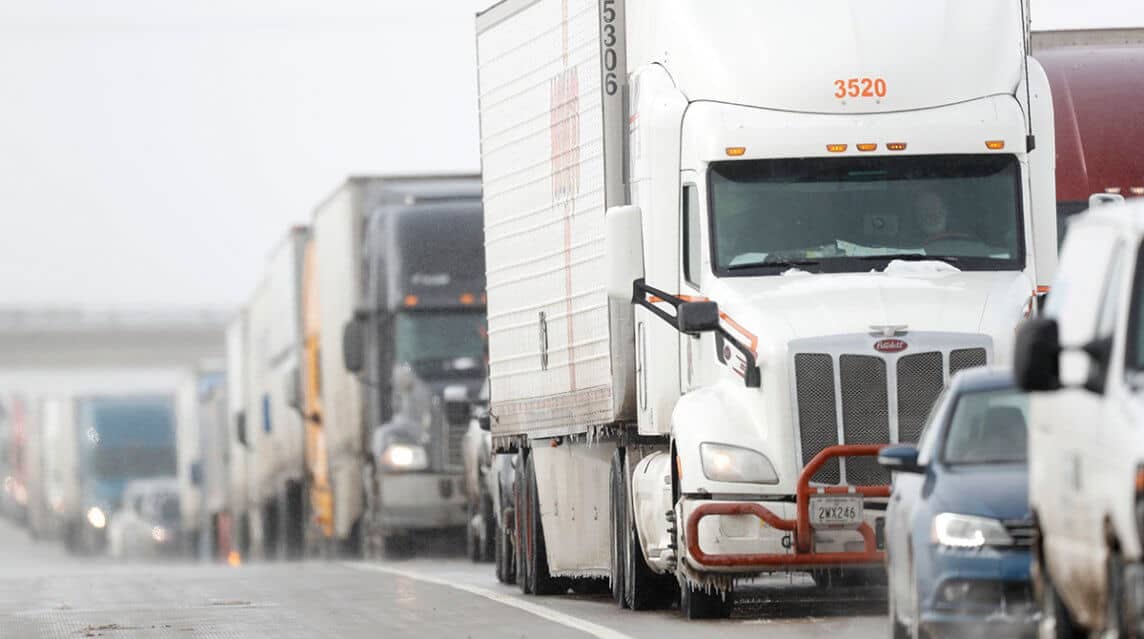
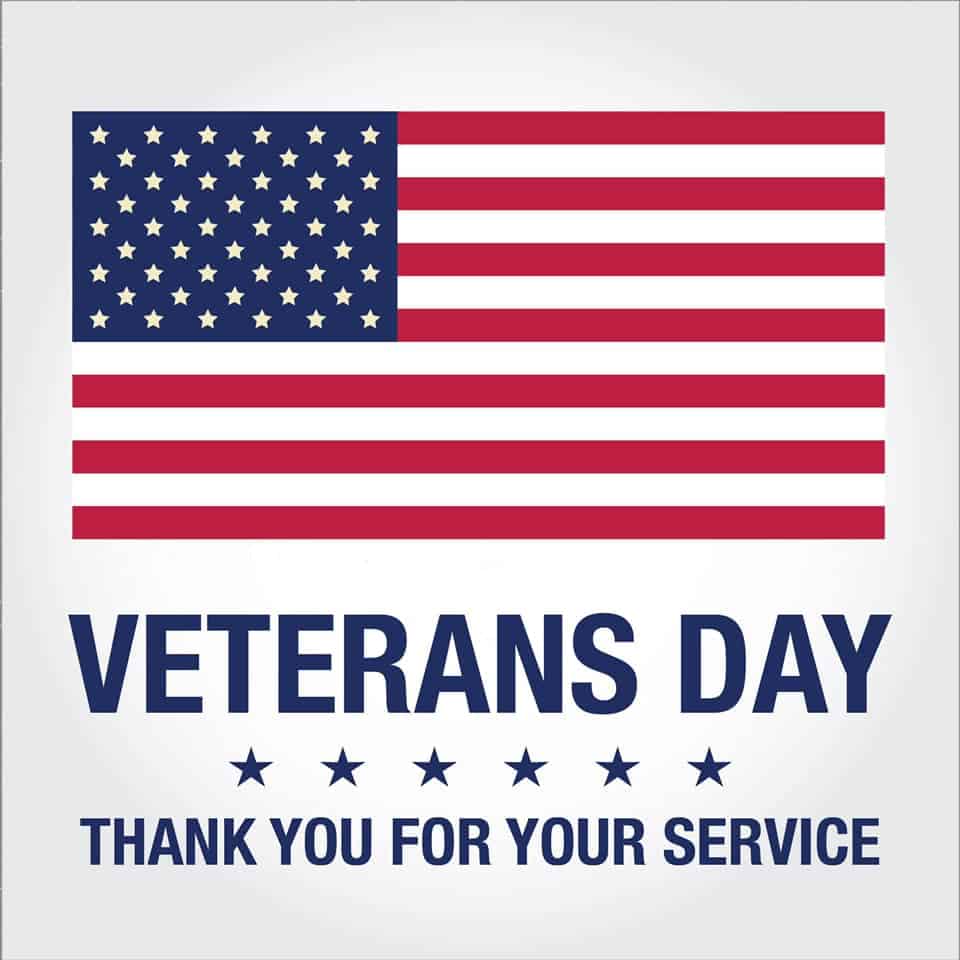
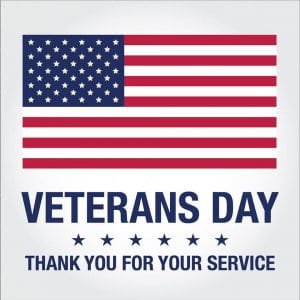
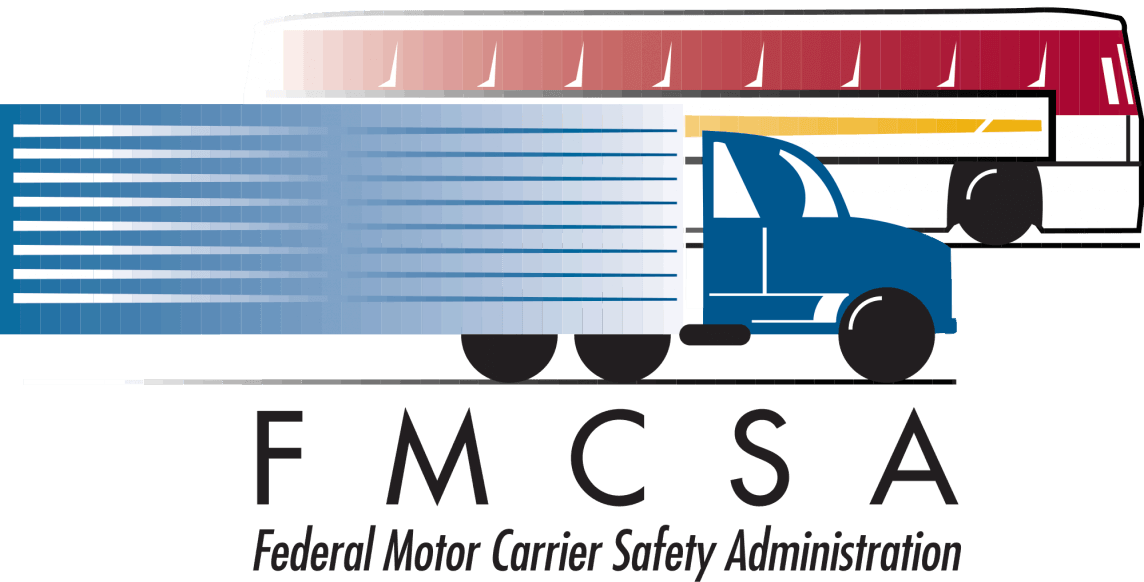
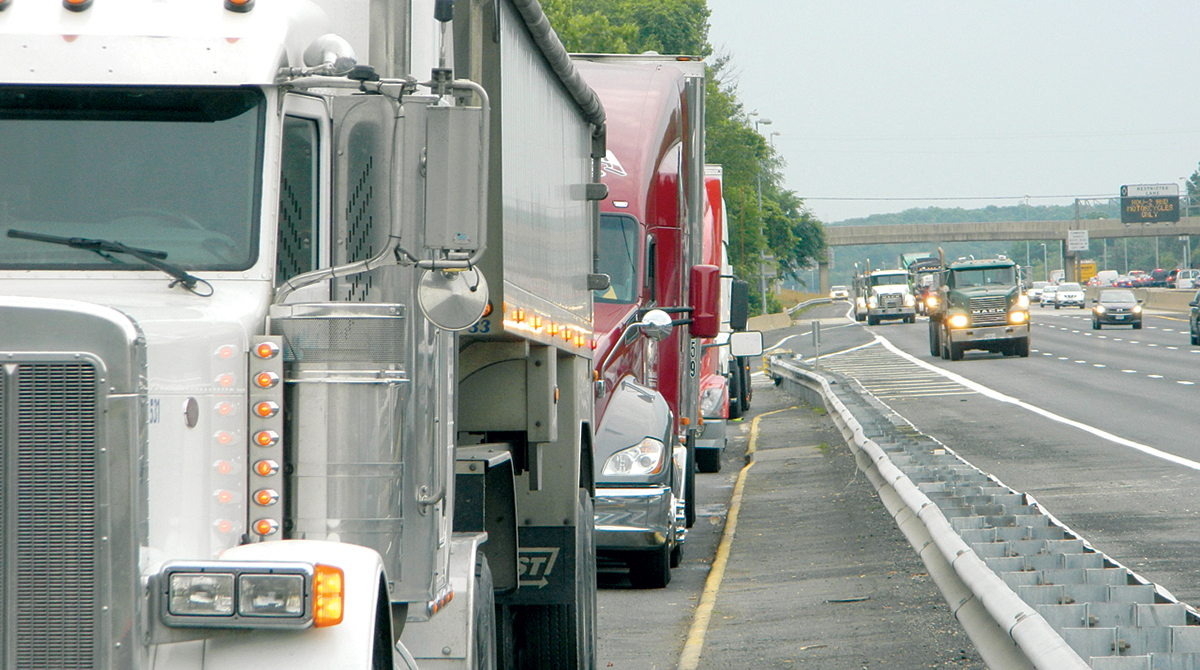 illustrate the challenge of finding solutions that address the concerns of the trucking industry’s different segments.
illustrate the challenge of finding solutions that address the concerns of the trucking industry’s different segments.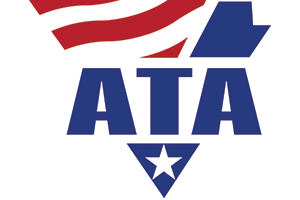
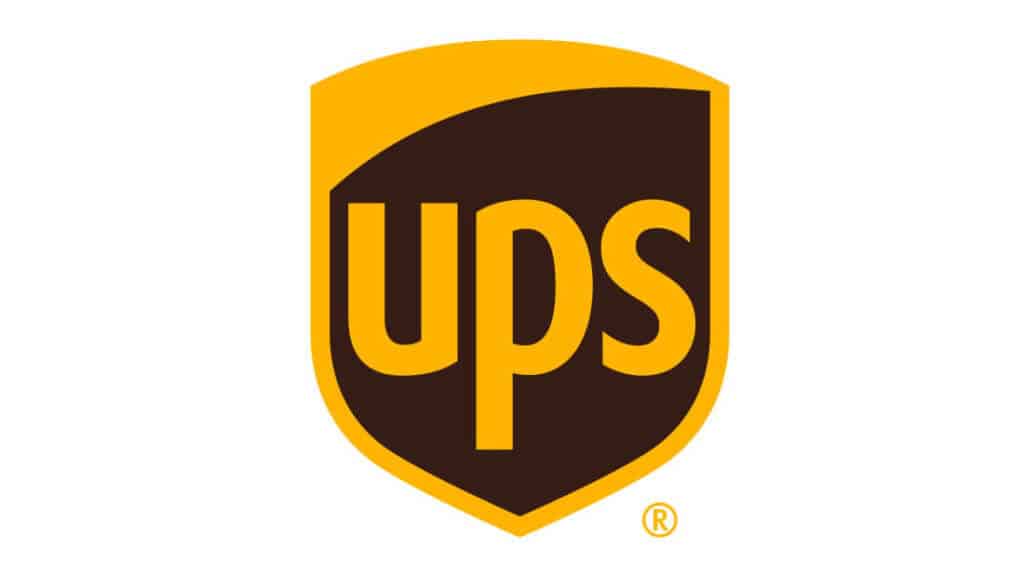
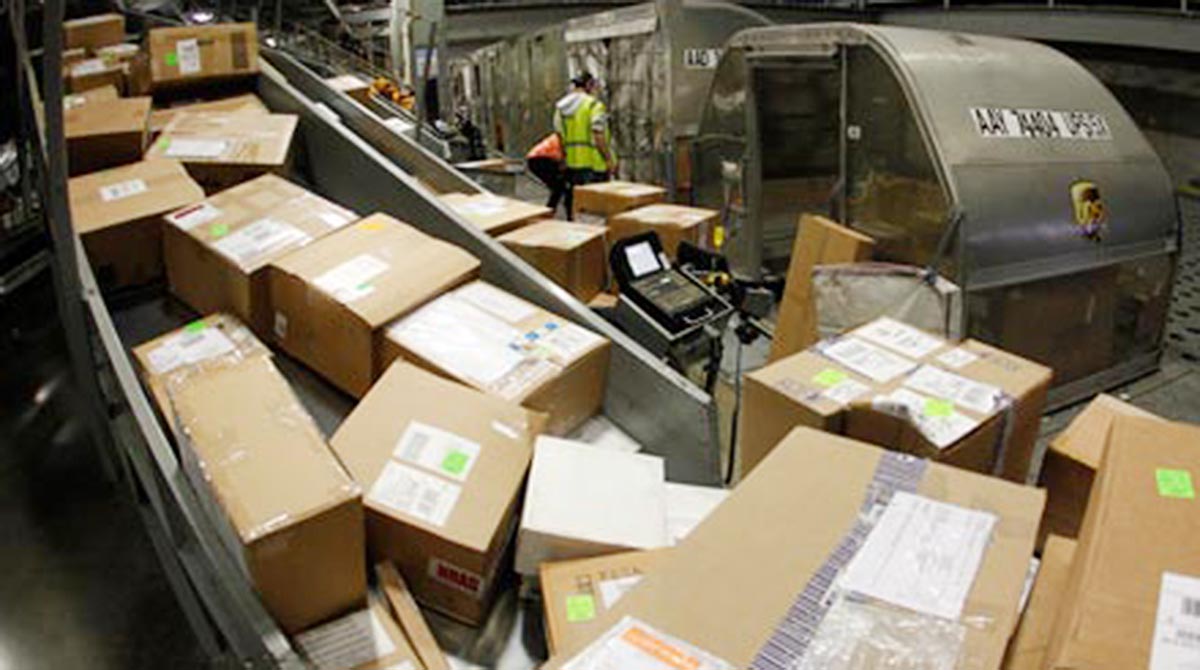
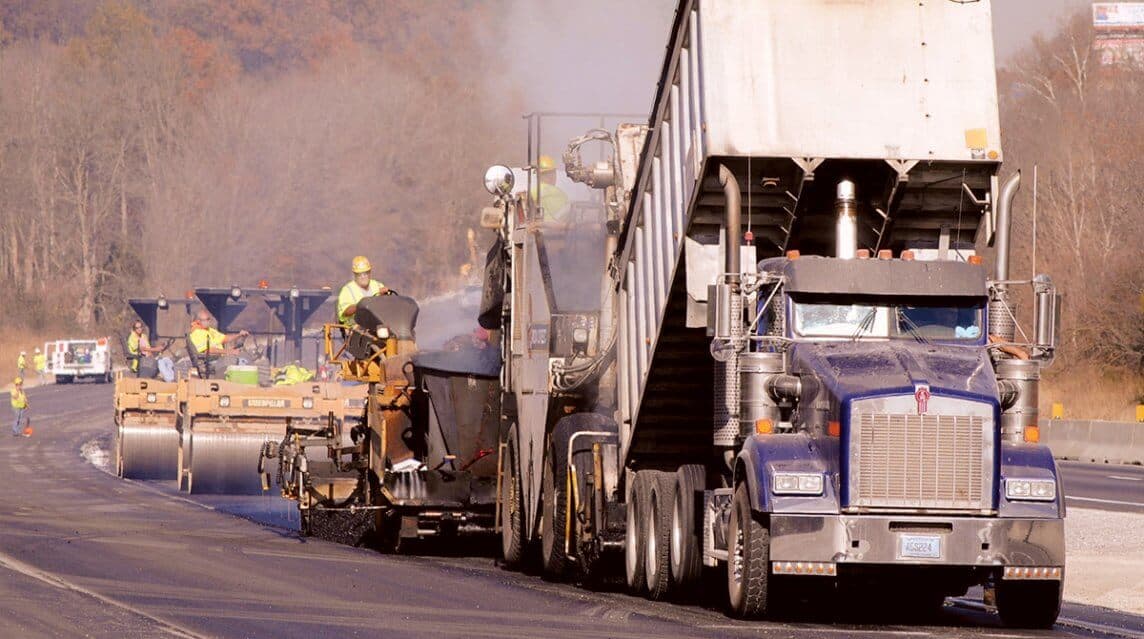
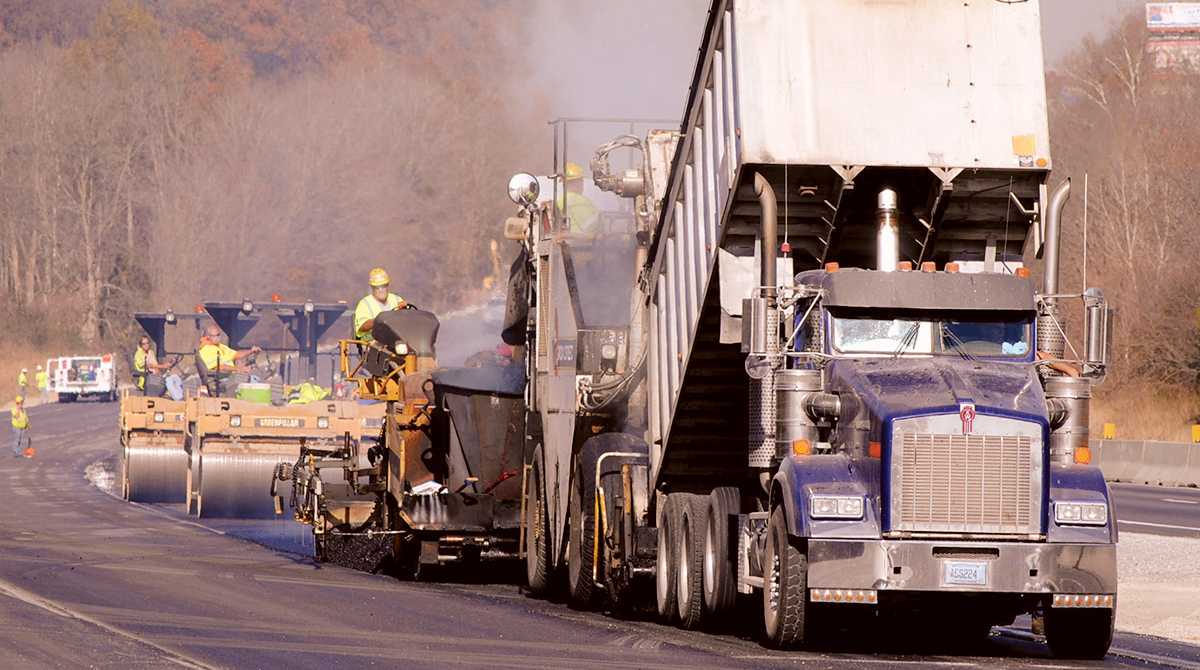 The Indiana Department of Transportation and Gov. Eric Holcomb recently announced the distribution of $99.2 million in state matching funds across local government agencies to fund infrastructure construction projects.
The Indiana Department of Transportation and Gov. Eric Holcomb recently announced the distribution of $99.2 million in state matching funds across local government agencies to fund infrastructure construction projects.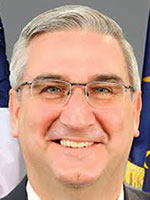



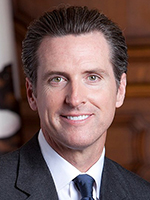
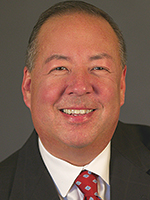
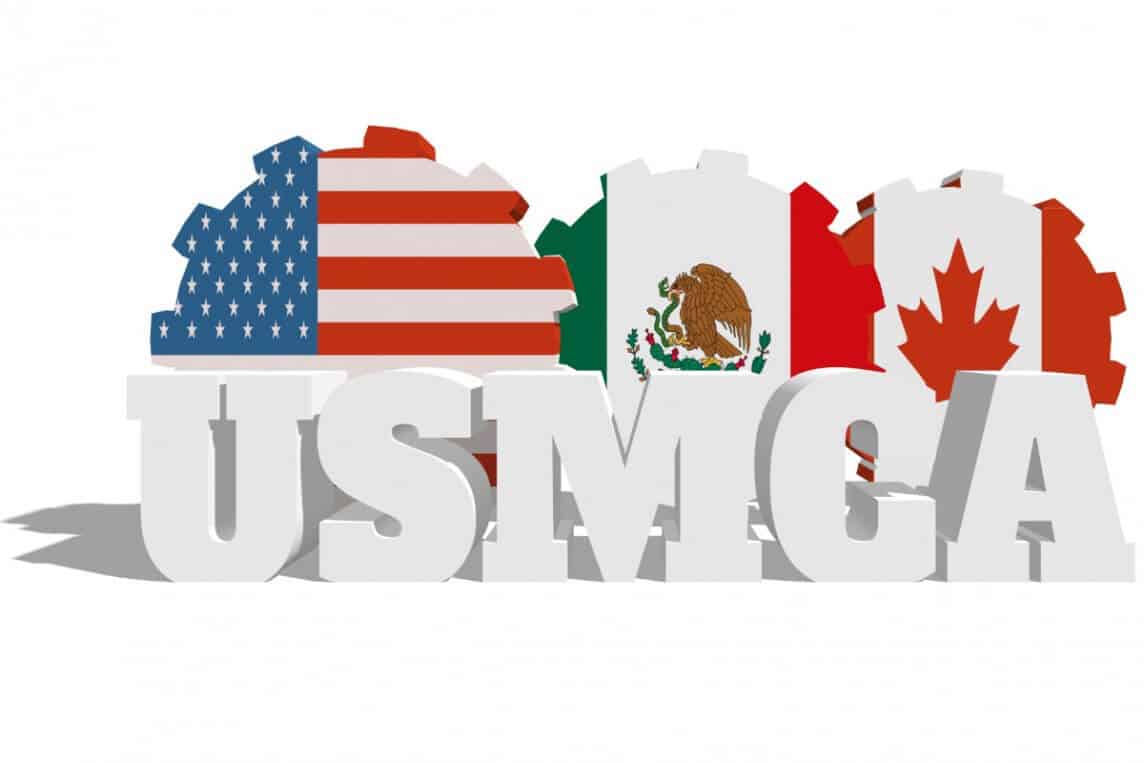
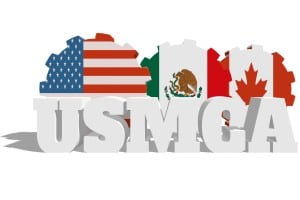 Important Provisions
Important Provisions
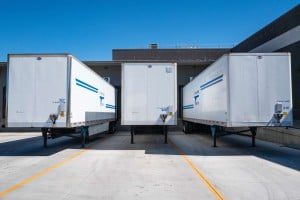 Many commercial fleets are seeing premium increases for the second or third year in a row, and some have even seen rates double – the direct result of increasingly high legal settlements and skyrocketing auto repairs.1 Fearing loss of profits (or no profit at all), insurance companies are being very selective when it comes to renewals and new quotes. It’s important to work with an insurance broker who understands the market and can advocate on your behalf.
Many commercial fleets are seeing premium increases for the second or third year in a row, and some have even seen rates double – the direct result of increasingly high legal settlements and skyrocketing auto repairs.1 Fearing loss of profits (or no profit at all), insurance companies are being very selective when it comes to renewals and new quotes. It’s important to work with an insurance broker who understands the market and can advocate on your behalf.